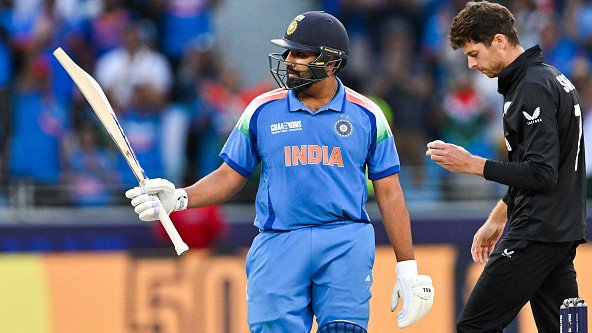
In a bid to restore the traditional balance between bat and ball in One Day Internationals (ODIs), the International Cricket Council (ICC) has announced a major rule change concerning the use of two new balls per innings. Starting from July 2025, the use of two new balls will be restricted to the first 34 overs of each innings. For the remaining 16 overs, the fielding side will choose one of the two balls to continue with for the rest of the innings.
This rule change is aimed at reviving reverse swing, a skill that has been largely absent from the ODI format since the adoption of the two-new-ball rule back in 2011. The current system of using two balls—one from each end—means that neither of them gets old enough to develop the wear and tear necessary for reverse swing. As each ball is only used for 25 overs, pacers have struggled to generate the same movement seen in earlier eras.
By extending the life of one ball from the 35th over to the 50th, bowlers will now have a better chance of achieving reverse swing in the crucial death overs. This development could significantly alter the dynamics of ODI matches, which in recent years have been heavily skewed in favor of the batters, especially in the latter half of an innings.
Under the new regulation, if the match is shortened to 25 overs per side or fewer before the start of the first innings, only one new ball will be used throughout. In addition, if a ball is lost or needs to be replaced, the replacement must be in similar condition to the one it is replacing. The ball not selected after the 34th over will be moved to the pool of potential replacements.
The new rule brings a strategic element to the game. ICC Captains and bowling units will now have to make a calculated choice when selecting the ball for the final phase of the innings. Factors such as the condition of the ball, pitch behavior, and match situation will all influence this decision. Teams with bowlers adept at reverse swing may find themselves at an advantage, as conditions now permit more pronounced movement late in the innings.
The ICC’s decision is part of a larger initiative to fine-tune the modern game and ensure it remains competitive and engaging. Other changes are also being rolled out, including more precise concussion protocols, adjustments in DRS usage, and clarity around boundary catches. However, the ball usage modification is expected to have the most immediate impact on gameplay in ODIs.
The response from players and analysts has been largely positive. Many have welcomed the move, suggesting it could lead to more evenly contested matches and a resurgence of traditional fast-bowling skills. Fans of the game, too, are likely to enjoy more variety and unpredictability, especially during the final overs where batting dominance has been almost unchallenged in recent years.
The first ICC official use of this rule will be in the Sri Lanka vs. Bangladesh ODI series in July 2025. As teams begin to prepare for this new format, focus will undoubtedly shift to training bowlers to extract the maximum advantage from the older ball, and adapting batting strategies to counter the increased threat of reverse swing.
For more news updates and videos, subscribe to 12B Sports India Youtube .

